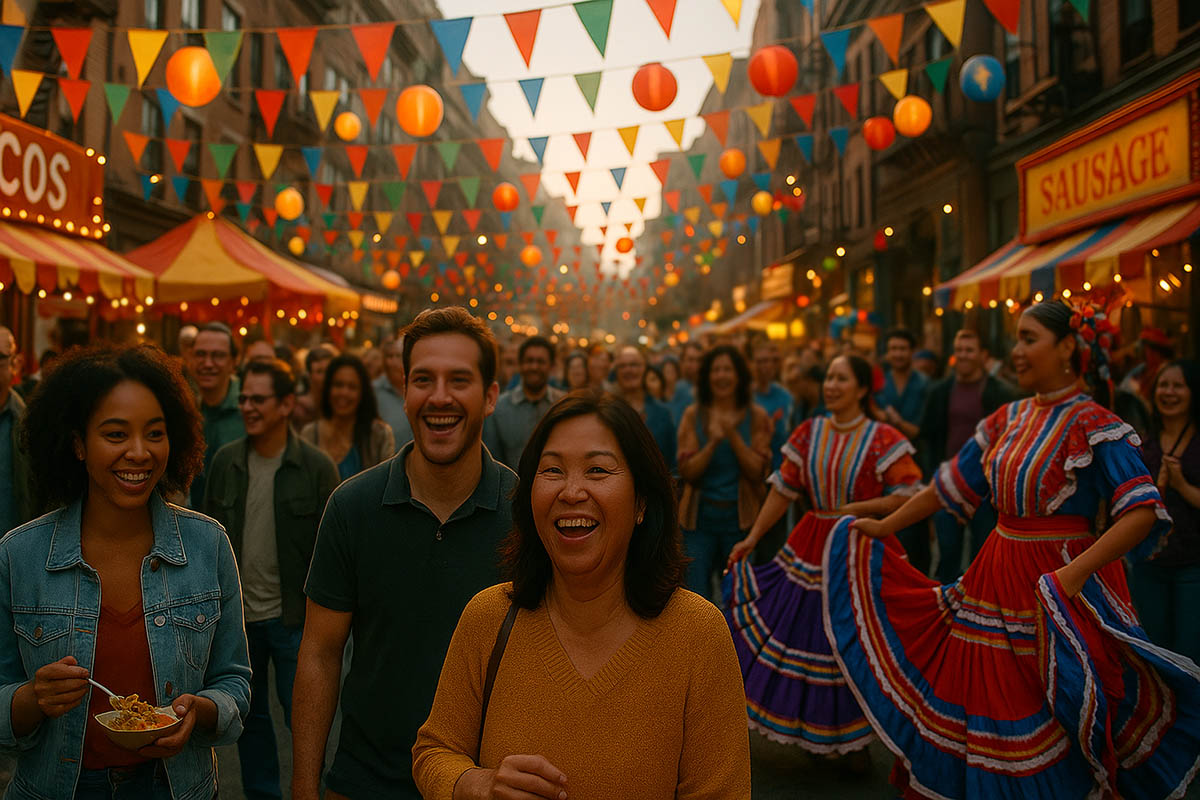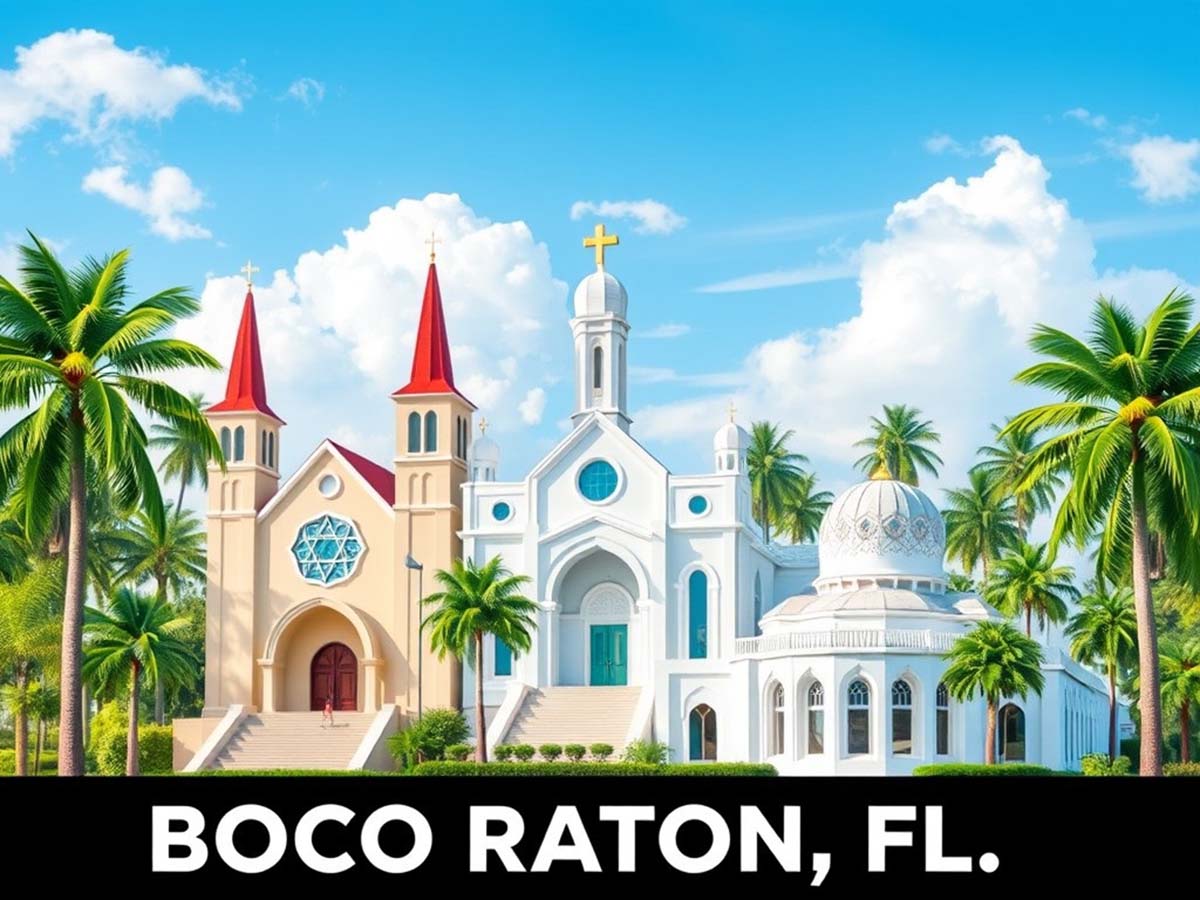Festivals and Cultural Events: How Celebrations Keep Local Economies Moving
When drums roll in Rio, Diwali lamps glow in Mumbai, and bright buntings flutter during Sinulog in Cebu, streets quickly fill with travelers and cash. Every city that steps onto a cultural stage gains fresh guests, lifts corner stores, and opens new jobs. For students, policy planners, business owners, or anyone dreaming of a food stall or hostel, knowing the money‑making power of art and tradition matters. <aside class=”summary”> <strong>Quick Glance</strong><br><br> • Celebrations trigger direct spending on lodging, food, and transport while opening many short‑term jobs.<br> • Global case studies—from Japan’s cherry‑blossom season to Sydney’s night‑light show—prove that art fairs, parades, and concerts feed every sector, even farming.<br> • Smart data, online reach, and year‑round programs help organizers earn long after the last firework fades.<br> • Clear traffic plans, waste stations, contact‑free tickets, and kind staff keep guests happy and residents safe. </aside>
Art, Tradition, and Livelihood Intertwined
A parade or art fair sparks spending on meals, souvenirs, and taxis. Munich’s Oktoberfest brought in about €1.3 billion in 2023, driven by beds and beer. Mardi Gras in New Orleans and the Harbin Ice Festival in China reveal the same pattern—crowds arrive, and money circulates. Because larger events send ripples through barbershops, laundries, and ride‑hailing apps, even micro‑enterprises gain.
Besides ticket sellers, stage crews, guards, and vendors earn short‑term work. The World Tourism Organization counts more than one million seasonal posts created by major festivals each year, and many young residents collect their first paychecks behind a food cart or soundboard. Extra sales‑tax collections then fund new streetlights and playgrounds that keep children safe after dark.
Farmers also feel the lift. During La Tomatina in Spain, nearby tomato fields see higher demand. Likewise, lavender growers in Provence profit when summer music nights pair wine with flower tours. The lesson is clear: crops can thrive when planners weave local produce into event stories.
Who Benefits?
Tourism and Infrastructure
Edinburgh hotels reach nearly 95 % occupancy during the Fringe, so locals convert spare rooms into homestays and loft hostels. Extra beds stretch income long past show season. Meanwhile, Coachella 2024 contributed an estimated USD 704 million to Indio, California, paying for a bigger airport, fresh bike‑share lanes, and a park that now holds farmers’ markets every weekend.
Small Business Sparks New Ideas
Austin’s South by Southwest lets a food‑truck chef meet diners from every continent. Bold concepts—plant‑based tacos, zero‑waste pop‑ups—test markets without huge ad bills. Later, many owners launch online stores, hire graphic designers, and ship goods to fans who discovered them in line for concerts.
Government Revenue and Community Projects
Cities tax rooms and services. Rio Carnival collected about R$332 million in 2024, channeling funds to waterfront drainage and free clinics. Cape Town used its Jazz Festival to display a new mass‑transit line, partly repaid with bonds issued five years earlier. Smaller towns follow a similar path: a slice of Dinagyang ticket revenue repairs classrooms, turning dance weekends into durable social capital.
Worldwide Examples
Asia
Japan’s Hanami earns roughly ¥638 billion each spring from snacks, trains, and keepsakes. Extra flower‑viewing cars with clear roofs boost off‑peak ridership. Sinulog fills Cebu hotels and lifts corner eateries; its 2023 livestream landed a South‑Korean tech sponsor that funded free Wi‑Fi along the parade route. Tourists who first watched online booked 28 % of all room nights the following year.
Europe
At the Venice Biennale, one guest in five returns to Italy within two years, according to the national tourist board. Boat operators now offer art‑themed island cruises that sell out weeks early. Scotland’s Fringe staged over 3 500 shows in 2024; pub owners doubled lunchtime sales as street magicians thrilled families. Visiting performers often rent rehearsal rooms locally, anchoring a creative hub that feeds publishing, design, and gaming.
Africa
Mali’s Festival au Désert guides money to musicians and weavers recovering from conflict. Tour groups book camel treks with guides who once relied on seasonal farming alone. In South Africa, National Arts Festival uses blockchain tickets to stop scalping and improve tax reports, while coded wristbands turn into discount cards for township cafés during off‑season months.
Americas
Canada’s Calgary Stampede adds more than CA$540 million a year to Alberta, ranch contracts included. Saddle makers take custom orders on‑site, then ship worldwide months later. Meanwhile, Medellín’s Flower Fair flipped the city’s image from danger to gardens; hotel investment rose 14 % in 2024, and airlines opened three direct routes from Florida to meet demand.
Oceania
Vivid Sydney delivered AUD 119 million in only three weeks during 2024. Overnight stays grew from 2.4 to 3.1 nights, and local firms now export projection‑mapping know‑how to Dubai and Osaka. Cafés along Circular Quay extended hours, hiring 600 extra baristas who later found full‑time jobs through festival contacts.
Sustainable Growth Through Culture
One week of lights is not enough. Workshops, guided walks, and school tie‑ups fill the calendar when banners come down. Seoul’s hanbok parade nudges museum visits up by 8 % during quiet months, while art labs in Sydney host teen coding classes that teach mini light‑sculpture skills. These steady programs keep knowledge at home.
Smart‑data tools guide logistics. The Singapore Night Festival partners with a telecom firm to track crowd flow, adjusting bus routes within minutes and slicing wait times in half. Copenhagen’s jazz week follows anonymous phone signals, dispatching roaming trash crews before bins overflow.
Inclusive planning raises loyalty. Québec Winter Carnival seats teens and elders on its board; a student idea for reusable ice‑cup holders cut five tons of plastic last year and attracted a regional bank that now funds musicians’ stipends.
Digital Presence Goes Global
Livestreams and hashtag challenges stretch reach beyond borders. Survey data show that 67 % of virtual viewers plan an actual visit the next year. After Seoul Music Week landed a Latin‑American streaming deal in 2024, foreign visitor questions tripled. Photo contests yielded 220 000 user shots that travel guides later licensed, generating fresh royalties.
Real‑time polls inside apps highlight spending trends. Milwaukee’s Summerfest learned that fans aged 18–24 would pay an extra USD 18 for premium seats; the city responded with a youth pass that includes free transit, and ridership climbed 9 %. New Zealand’s Lantern Festival app then copied the idea, steering crowds from busy alleys to quieter stalls and lifting vendor income by 11 %.
For smaller towns, simple mobile sites and digital wallets smooth ticket sales. Dinagyang’s QR payments raised advance sales by 23 %, doubled merchandise revenue, and trimmed gate waits to six minutes. Volunteers report that quieter queues produce calmer fans and easier security checks.
Staying Resilient in Tough Times
When a crisis hits, hybrid formats help. Salzburg Festival cut seats yet streamed backstage tours; even at 35 % capacity, the event brought in EUR 76 million through online masterclasses and paid podcasts. India’s Pushkar Camel Fair hosted live auctions to fund medicine for livestock traders blocked by travel limits, preserving trust within breeder networks.
Rising fuel costs forced Reykjavík’s film festival to shift late‑night screenings onto an electric‑bus loop, lowering carbon use by 12 % and winning a green‑grant bonus from Nordic investors. These flexible tactics protect revenue while supporting community goals.
Typical Challenges and Fast Fixes
Crowd Flow and Safety
Timed entry slots, clear lanes, and volunteer greeters cut queues and stress. Porto’s Saint John parade breaks its procession into smaller blocks, letting families watch easily while police monitor orderly clusters.
Waste and Cleanup
Separate bins for compost, glass, and metal shrink landfill loads. At Costa Rica’s Envision gathering, farmers collect sorted scraps daily to feed pigs, turning rubbish into income.
Contact‑Free Ticketing
Scanning wrist‑level codes, rather than raised phones, speeds gates. Valencia’s Fallas adopted this approach and trimmed entry times by one‑third while keeping fraud below a single percent.
Staff Training
Brief courses on greeting phrases, sign language, and emergency drills lift service quality. Nairobi’s Storymoja festival partners with a college that certifies 200 students yearly, offering credits and a job pathway.
A Handy Guide for Event Organizers
First, gather honest data. Accurate tickets reveal guest habits, powering sharper sponsorship pitches.
Next, honor local stories. Each town owns unique flavors, songs, and legends that visitors remember long after fireworks fade.
Then, invest in people. A smiling guide who shares a folk tale is the surest reason guests return—free lessons in language and care skills boost tips and repeat stays.
Finally, think climate. Reusable cups, solar lights, and nearby produce trim power bills and trash while crafting the green image travelers value.
Music, dance, and lively streets do far more than entertain. Managed with care, they spark jobs, strengthen small firms, and hand lasting gains to neighborhoods and the generations that follow.



